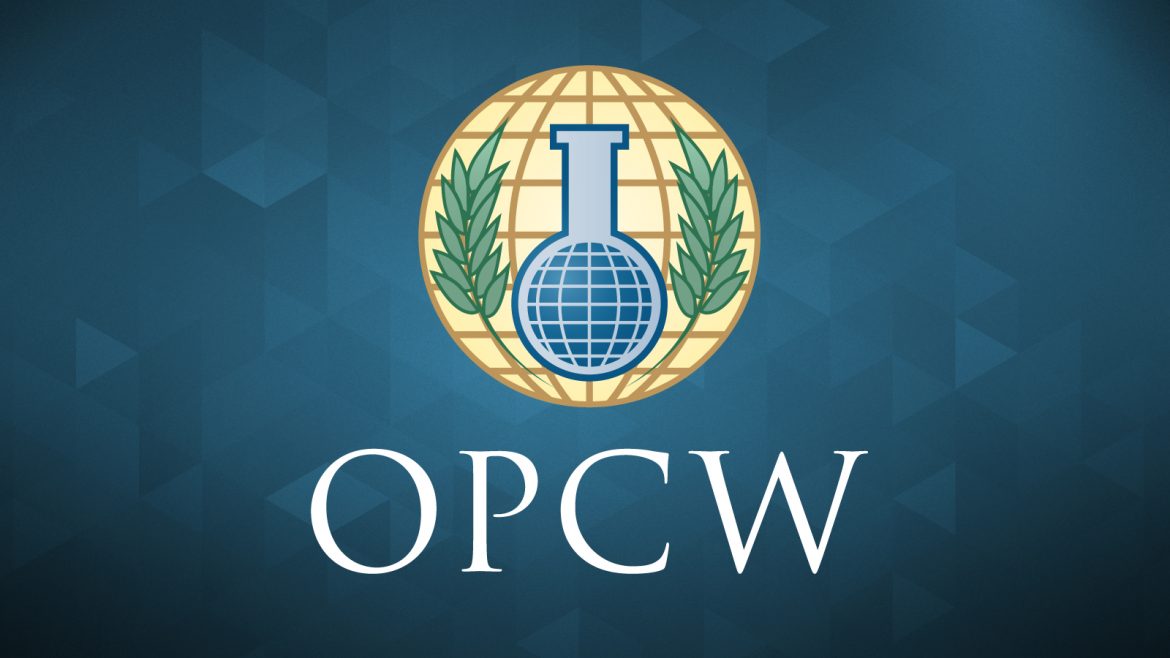On 1 March 2019, the Organisation for the Prohibition of Chemical Weapons (OPCW) published its report on the alleged use of chemical weapons in the 7 April 2018 attack on Douma. The reading of the report highlights several findings.
First, it reveals that the launching of an investigation on the attack was prompted by accounts provided by social media and open-source information. Indeed, few hours after the attack, civilians and activists, reckoning the effects of the attack and the symptoms experienced by the victims were unusual, started documenting its aftermath. Pictures, along with captions describing the events, and videos revealing the extent of the damage and casualties gave a first account of the scale of the violation.
These accounts were critical in the decision of the OPCW to launch its investigation. Scrutinized by the Information Cell of the Technical Secretariat, they were deemed credible and were the reason behind the initiation of the on-site investigation:
Following reports in the media of the alleged incident on 7 April, the Information Cell of the Technical Secretariat immediately informed the FFM team and initiated a search of open-source information to assess the credibility of the allegation. The major sources comprised news media, blogs and the websites of various non-governmental organisations (Annex 2). The final assessment by the Information Cell was that the credibility of the allegation was high, and the Director-General, based on this information, initiated an on-site investigation.
Later on, documentation and fact-finding organisations, in turn, started publishing their analysis of the events documented by civilians and activists. Thus, a few days after the attack, the open-source investigation organisation Bellingcat examined, on the basis of open-source materials, a chlorine gas cylinder imbedded in the floor of a building and determined that it had likely been filled with chlorine and dropped from a Hip helicopter originating from Dumayr Airbase. A subsequent article by Bellingcat compared the metal frame found on two impact sites of the day of the attack and determined they “matched metal frames attached to chlorine cylinders in other chlorine attacks by Syrian government forces.”
In June 2018, the New York Times, in collaboration with Forensic Architecture, confirmed the use of chlorine gas in the 7 April attack on the basis of open-source information.
As we had done with the attack on Khan Sheikhoun or when we investigated the use of German materials in Douma city, Syrians for Truth and Justice promptly sent their researchers to the location of the attack and, in June 2018, came up with a report citing several sources describing accounts of suffocation, foaming from the mouth of victims and specific smells. Its researchers documented the death of 43 civilians, mostly women and children.
The report of the OPCW reveals how these reports were instrumental in the planning of activities conducted by the team, including “collecting environmental samples at sites relevant to the alleged incident”, “receiving and documenting biomedical and environmental samples brought by alleged casualties or witnesses”, “taking photographs and collecting data on the cylinders found.” It also discloses the value of open-source information for comparative purposes:
Open-source materials including, but not limited to, videos and photos were used primarily for planning activities, but also for comparative purposes with material directly collected by the FFM team during the course of the investigation. However, the conclusion of the investigation does not rely on data and information gathered from open sources.
The OPCW, in turn, brought two major benefits to the victims of the attack with its report. First, the human, financial and technological resources of the OPCW, coupled with the samples it was able to collect on the site of the attack, enabled the organisation to conduct a thorough and scientific study of the events as they unfolded. Its strict methodology, highlighted in its report, ensures the validity of its findings:
Environmental sampling at the alleged incident sites in Douma was conducted by the FFM team, using its own equipment and ensuring chain of custody throughout the operation in accordance with OPCW standard operating procedures (SOPs), work instructions (WIs) and guidelines.
Being an intergovernmental organisation and the implementing body for the Chemical Weapons Convention, ratified by 193 state parties, the OPCW also benefits from an established legitimacy, that gives the finding of the organisation an authority that will undeniably weigh in the case a criminal case unfolds with regards to the attack.
This report therefore highlights how complementary the work accomplished by local activists and organisations and international institutions is. While the former uncovers and analyses violations, the latter gives authority to these accounts.

